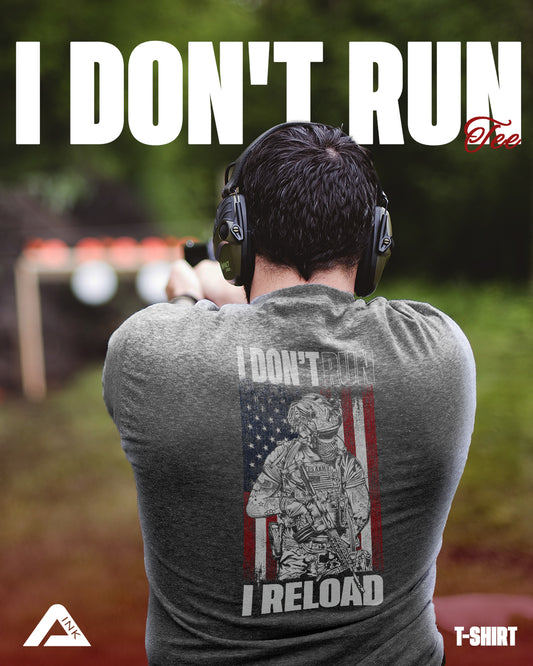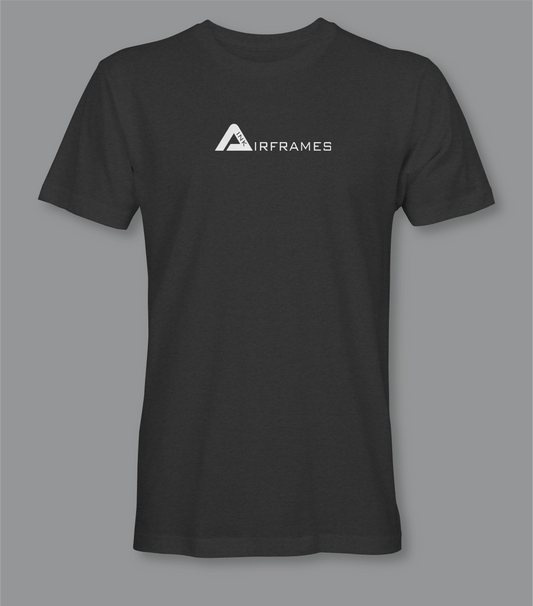
Color Psychology in Fashion: How Color Choices Can Influence Mood and Perception (PART 01)
Trent WeilandShare
Introduction
Fashion is not just about style; it's a powerful communication tool, capable of influencing mood and perception through the colors we choose to wear. Beyond mere aesthetic appeal, the hues in our wardrobe play a critical role in how we feel and are perceived by others. This insight explores the subtle, yet significant impact of color psychology in fashion, shedding light on aspects often overlooked in conventional discussions.
The Science Behind Color and Emotion
Color psychology is an area of research that examines how color influences human behavior and emotional responses. In the realm of fashion, the colors we select can serve as a non-verbal way to express emotions, intentions, and personality traits.
Key Color Associations
- Red: Often associated with energy, passion, and action. It's a color that can increase heart rate and create a sense of urgency.
- Blue: Known for its calming effects, blue can induce feelings of serenity and stability.
- Yellow: This color evokes happiness, youthfulness, and optimism, making it a perfect choice for uplifting spirits.
- Green: Represents harmony and balance. It's soothing and can help reduce anxiety.
- Black: Symbolizes power and sophistication but can also denote mourning or rebellion.
Influence on Perception and Interaction
How we are perceived wearing certain colors can significantly affect our social interactions. For example, wearing black in a professional setting may convey authority and seriousness, while softer pastels might be viewed as more approachable and friendly.
Strategic Use of Color in Professional and Social Settings
- Professional Environments: Opting for blues and greens can promote a sense of trust and calmness.
- Social Gatherings: Bright colors like red or yellow can make one appear more outgoing and lively.
Psychological Tactics in Military and Apparel Industries
In the military, colors are used strategically to convey rank and unit, which can influence soldier behavior and unit cohesion. Similarly, in the veteran-supportive apparel industry, such as at AirFrames Ink Apparel Co., colors play a role in evoking a sense of pride and solidarity among wearers.
Enhancing Brand Identity Through Color
- Brand Colors: Choosing the right colors can enhance brand recognition and emotional connect with the audience.
- Marketing Strategies: Color can be a powerful tool in marketing campaigns, influencing consumer behavior and brand perception.
Practical Tips for Incorporating Color Psychology in Wardrobe Choices
- Understand the message you want to convey: Choose colors that align with your intended message.
- Consider the occasion: Select colors appropriate for the setting or event.
- Mix and match: Combine colors to balance or enhance desired emotional effects.
Conclusion
Color psychology in fashion goes beyond simple color choices—it's about harnessing the power to affect mood and perception, both personally and in the eyes of others. As highlighted by insights from Aesthetics of Joy, by strategically choosing colors, we can use our wardrobe to enhance our mood, express our personality, and influence how we are perceived in various social contexts. By understanding and utilizing the principles of color psychology, we not only make more informed fashion choices but also tap into a deeper level of personal and social interaction.







